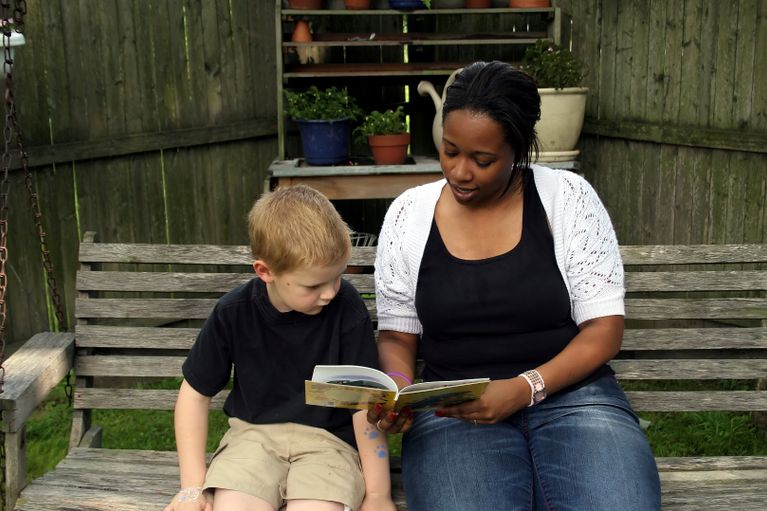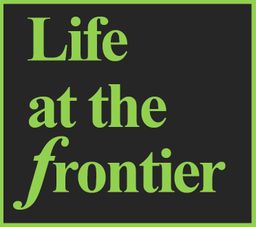Impacts of Social Frontiers on Migrants & Non-Migrants
The growth in human migration over the past fifty years has brought important opportunities for European countries, both culturally and economically. However, it has also raised significant challenges for migrants, defined as those born outside of the country under study. It also poses challenges for wider society in terms of integration and settlement, access to labour markets, housing, and education.
Because most migrants end up in cities, often concentrated in low-income neighbourhoods, a large body of research has focused on spatial integration—specifically, the measurement of residential segregation (Massey and Denton, 1988; Yao et al., 2018; Piekut et al., 2019) and its consequences. Cutler & Glaeser (1997 p.827), for example, find that segregated ethnic minorities 'have significantly worse outcomes' than those in less segregated areas. Reducing segregation by one standard deviation would eliminate one-third of the ethnic differences in most outcomes.
Segregation research has generally been concerned with measuring the degree of mixing of two or more ethnic or socio-economic groups. Despite the profoundly spatial nature of segregation, however, these measures have often been aspatial (see review by Piekut et al., 2019) and estimated for relatively large neighbourhoods. To understand the impact of segregation on the lives of people it is crucial to make our measurement of segregation both spatial and multi-scalar, and to understand the different effects of its various spatial manifestations.
One overlooked, but important, spatial feature of segregation, is the impact of spatial transitions between communities. These areas of transition can manifest themselves as social boundaries that have important implications for social mobility and integration, particularly when they take the form of ‘social frontiers’. Social Frontiers (or simply Frontiers) arise when there are sharp spatial divisions in the residential make-up of adjacent communities (Dean et al., 2018), as opposed to more gradual blending of groups.
Our aim is to understand the lived experience of social frontiers, the impact on the educational and employment outcomes of the individuals who live in close proximity to them, and the mediating effect of crime on these outcomes. Our pioneering study will examine the impact of intersectional social frontiers[1] on social mobility for various socio-economic groups, including migrants and their children, and the implications for labour market integration of migrants. We will investigate how the impacts on individual life outcomes vary depending on age, country of origin, gender, ethnicity and social class, and whether there are higher rates of crime near social frontiers that exacerbate these impacts.
Hidden from standard measures of segregation, social frontiers may nevertheless represent established territorial boundaries that are of profound importance and meaning to local residents. Growing up near or across these frontiers may have major implications for exposure to crime, educational achievement (human capital formation), and employment outcomes. These impacts on crime, education and employment are important in their own right, and we will study these effects in detail. However, we are also interested in understanding the impact on social mobility and the mediating role of the crime, education and employment impacts of social frontiers.
We are especially interested in the effects on upward social mobility: the likelihood of someone from a relatively low income and/or low educational social background progressing to a professional occupation and/or higher education. We aim to understand the conditions under which social frontiers have a positive or negative effect on educational and employment outcomes over the life course, and seek to compare the effects with other forms of segregation. We will achieve this through cutting-edge mixed-methods research, delivered through a multi-disciplinary collaboration[2] spanning the UK, Norway, and Sweden. Through close collaboration with a range of stakeholders at local and national levels, we shall maximise the relevance and accessibility of our research for public discourse and policy development. We shall also communicate our findings to policy makers and the public in creative ways to help stimulate discussion and foster cross-frontier dialogue.
[1] Defined above as sharp spatial divides in multiple dimensions spanning combinations of ethnicity, social class, religion and housing tenure.
[2] Our team spans multiple disciplines including sociology, social psychology, economics, human geography, education, anthropology and social statistics.

Impact of Social Frontiers on Crime
A number of papers have found a link between social frontiers and crime. However, research so far has relied on cross-sectional ecological data on particular cities in the UK and the US. Our goal is to extend the evidence base to multiple countries and cities using rigorous longitudinal methods.

Impact of Social Frontiers on Health & Wellbeing
Only one published paper exists on the impacts of social frontiers on wellbeing and this study was based on peace-walls in Northern Ireland. Our goal is to establish whether there is evidence of such effects in less extreme examples of segregation.

Impact of Social Frontiers on Educational Achievement
So far there has been no direct estimate of the impact of social frontiers on educational attainment. Our goal is to provide the first micro-longitudinal evidence on the impact of social frontiers on educational achievement.

Impact of Social Frontiers on Social Mobility
So far there is no published research on the impacts of social frontiers on social mobility. We aim to address this by applying robust statistical estimation to micro-longitudinal data in the UK, Sweden and Norway.

